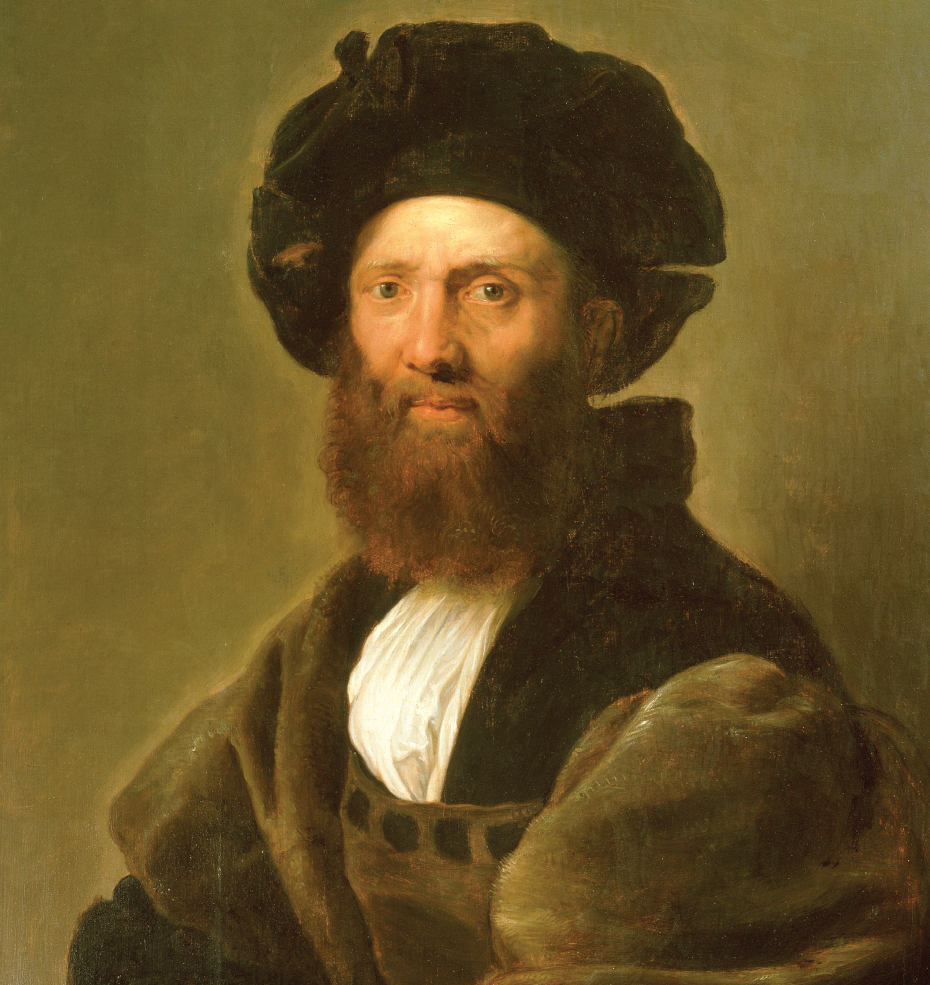Introduction for Chapter 15
15 Europe in the Renaissance And Reformation 1350–
> In what ways did the Renaissance and Reformation represent breaks from the medieval past? Chapter 15 examines cultural, intellectual, and religious change during Europe’s Renaissance and Reformation. While disease, famine, and war marked the fourteenth century in much of Europe, the era also witnessed the beginnings of remarkable changes in many aspects of intellectual and cultural life. First in Italy and then elsewhere, artists and writers thought that they were living in a new golden age, later termed the Renaissance, in which Europeans recaptured the glories of the classical past. Religious reformers carried out even more dramatic changes. In the sixteenth century, long-

LearningCurve
After reading the chapter, use LearningCurve to retain what you’ve read.
| 1434– |
1536 |
| Medici family in power in Florence | John Calvin publishes The Institutes of the Christian Religion |
| 1450s | 1540 |
| Development of movable metal type in Germany | Founding of the Society of Jesus (Jesuits) |
| 1469 | 1545– |
| Marriage of Isabella of Castile and Ferdinand of Aragon | Council of Trent |
| 1492 | 1555 |
| Spain conquers Granada; practicing Jews expelled from Spain | Peace of Augsburg |
| 1508– |
1558– |
| Michelangelo paints ceiling of the Sistine Chapel | Reign of Elizabeth I in England |
| 1513 | 1560– |
| Niccolò Machiavelli writes The Prince | Height of European witch- |
| 1521 | 1568– |
| Diet of Worms | Civil war in the Netherlands |
| 1521– |
1572 |
| Charles V’s wars against Valois kings | Saint Bartholomew’s Day massacre |
| 1525 | 1598 |
| Peasant revolts in Germany | Edict of Nantes |
| 1527 | |
| Henry VIII of England asks Pope Clement VII to annul his marriage to Catherine of Aragon |